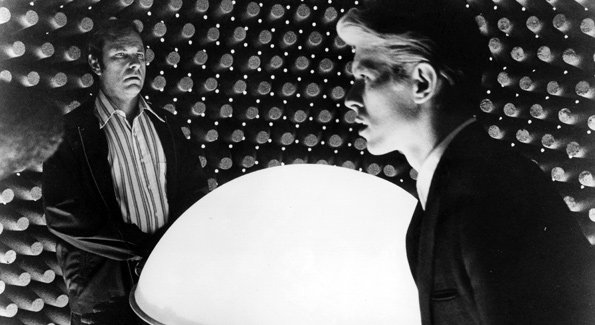Smartphones are embedded with improved technologies which will be useful in autonomous cars which will create other technologies useful in other souped-up tools, as the algorithms popularized on the Internet escape through the screen. The objects grow smarter whether or not we do. From “The Rapid Advance of Artificial Intelligence,” by John Markoff in the New York Times:
“The enormous amount of data being generated by inexpensive sensors has been a significant factor in altering the center of gravity of the computing world, he said, making it possible to use centralized computers in data centers — referred to as the cloud — to take artificial intelligence technologies like machine-learning and spread computer intelligence far beyond desktop computers.
Apple was the most successful early innovator in popularizing what is today described as ubiquitous computing. The idea, first proposed by Mark Weiser, a computer scientist with Xerox, involves embedding powerful microprocessor chips in everyday objects.
Steve Jobs, during his second tenure at Apple, was quick to understand the implications of the falling cost of computer intelligence. Taking advantage of it, he first created a digital music player, the iPod, and then transformed mobile communication with the iPhone. Now such innovation is rapidly accelerating into all consumer products.
‘The most important new computer maker in Silicon Valley isn’t a computer maker at all, it’s Tesla,’ the electric car manufacturer, said Paul Saffo, a managing director at Discern Analytics, a research firm based in San Francisco. ‘The car has become a node in the network and a computer in its own right. It’s a primitive robot that wraps around you.’ “

